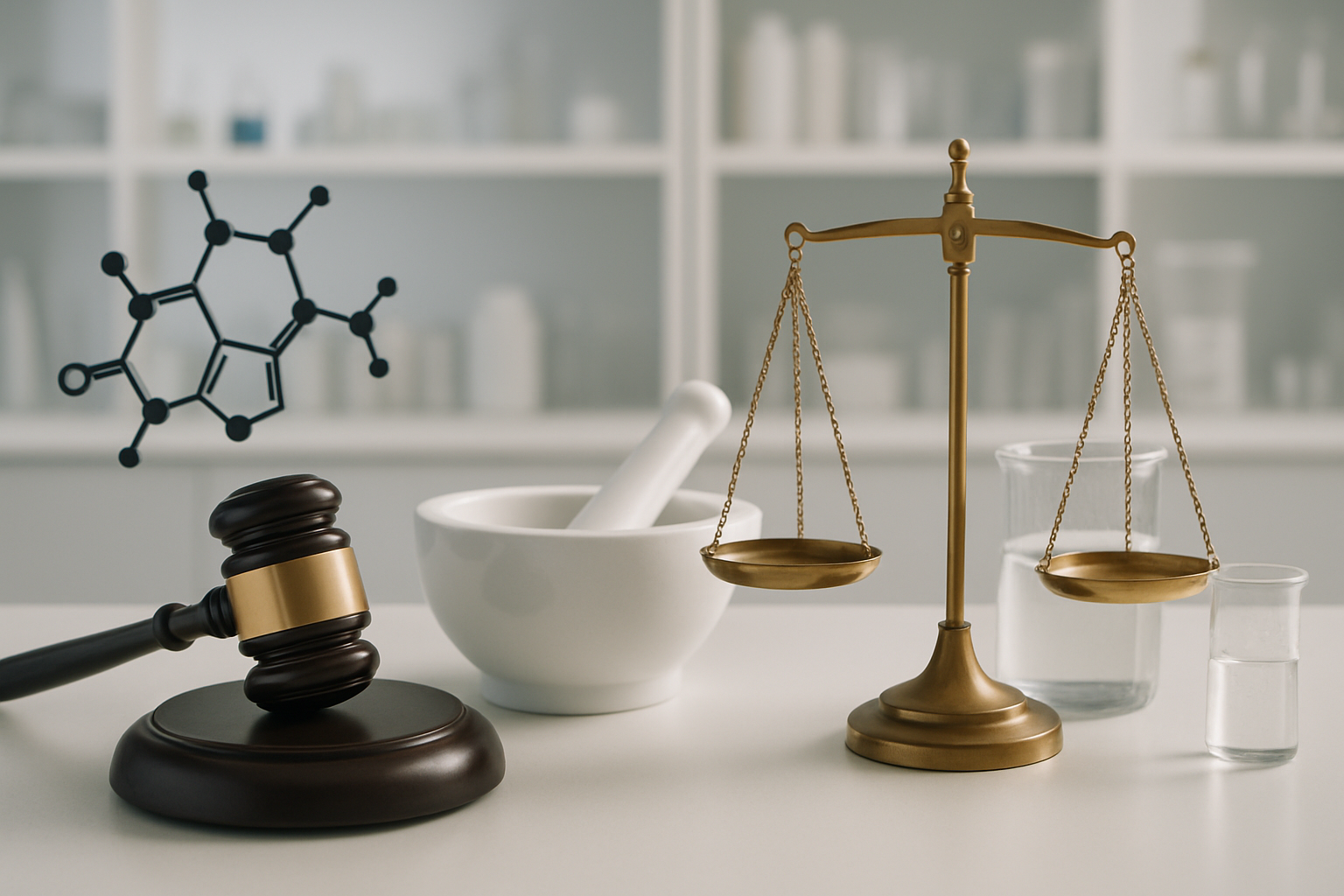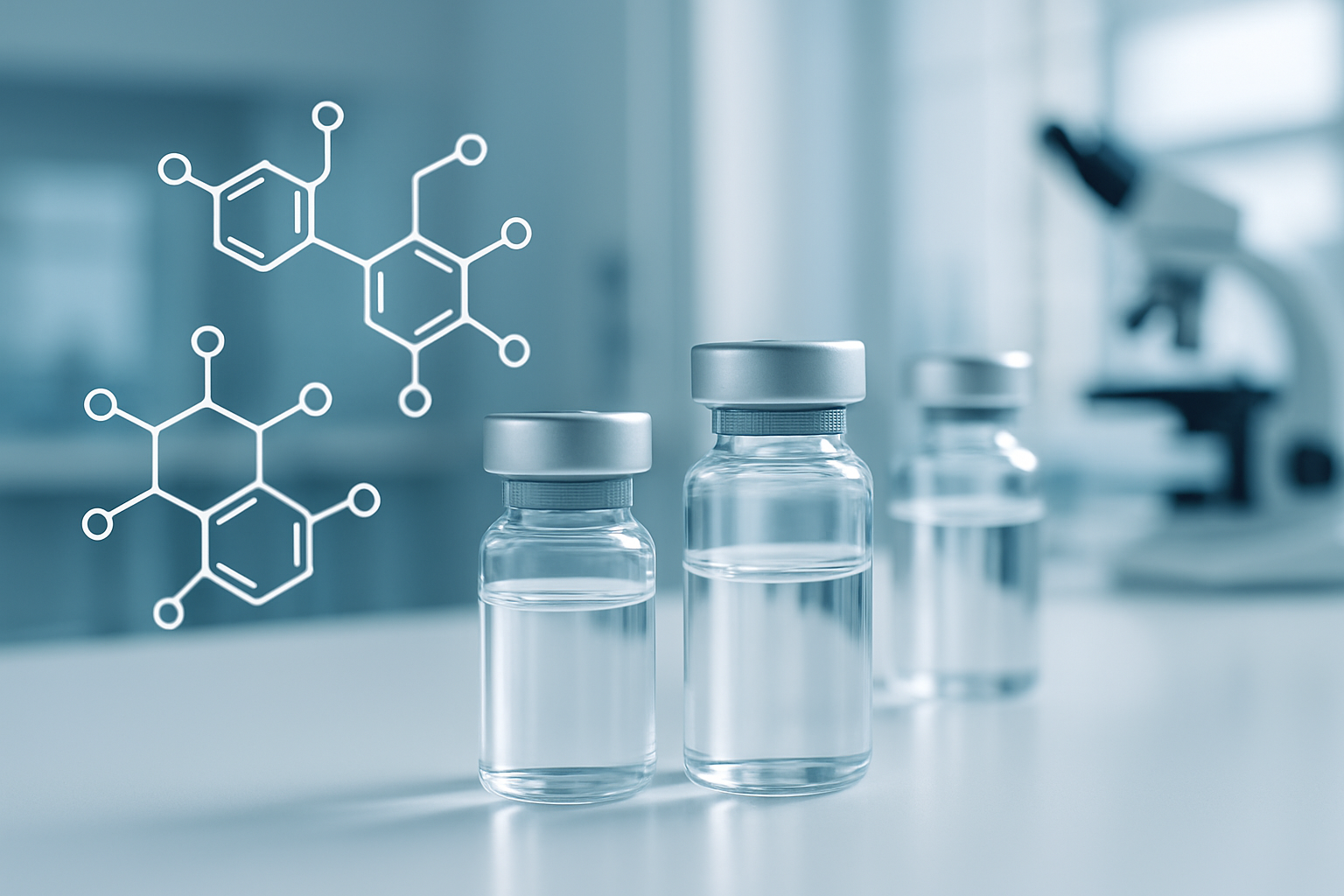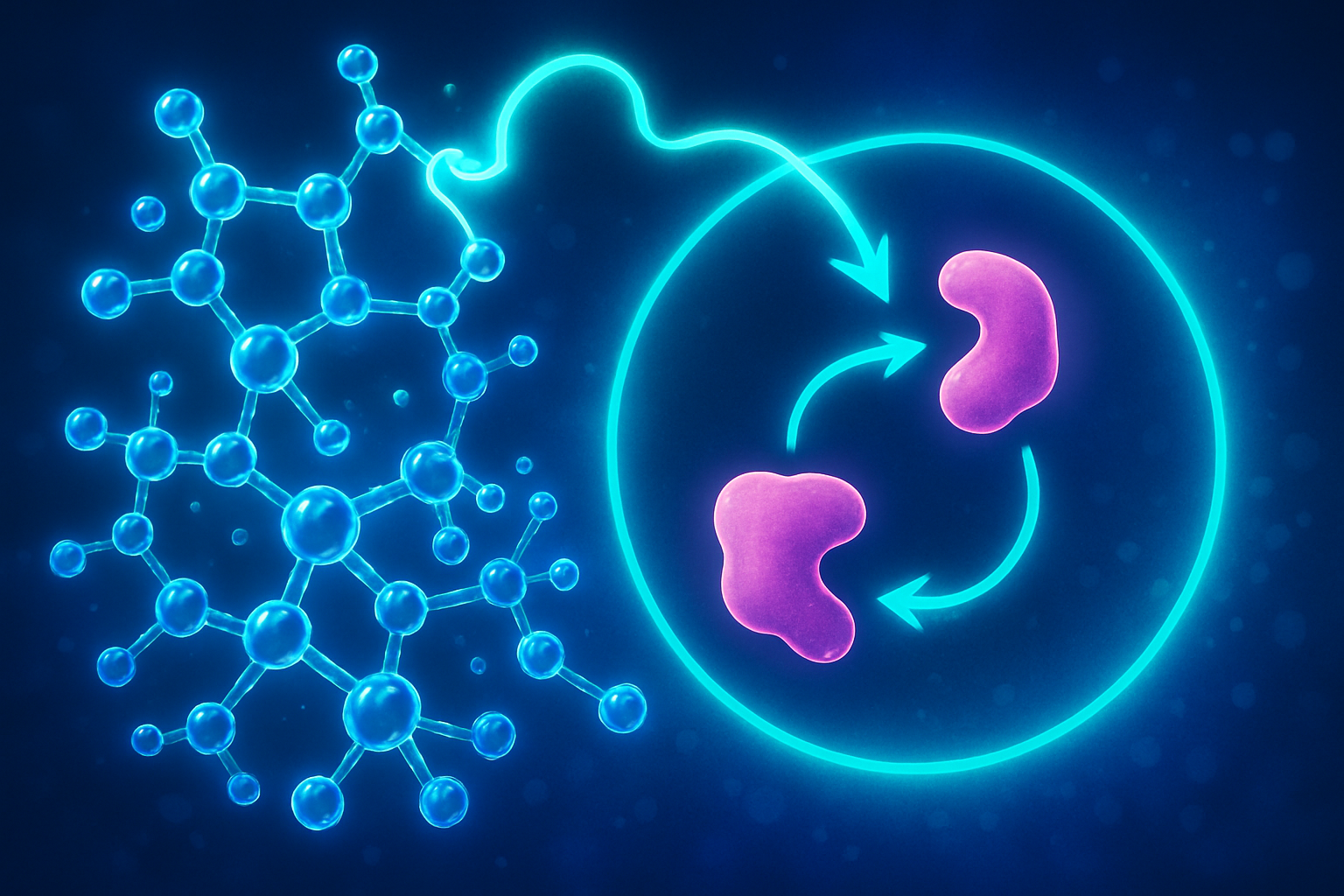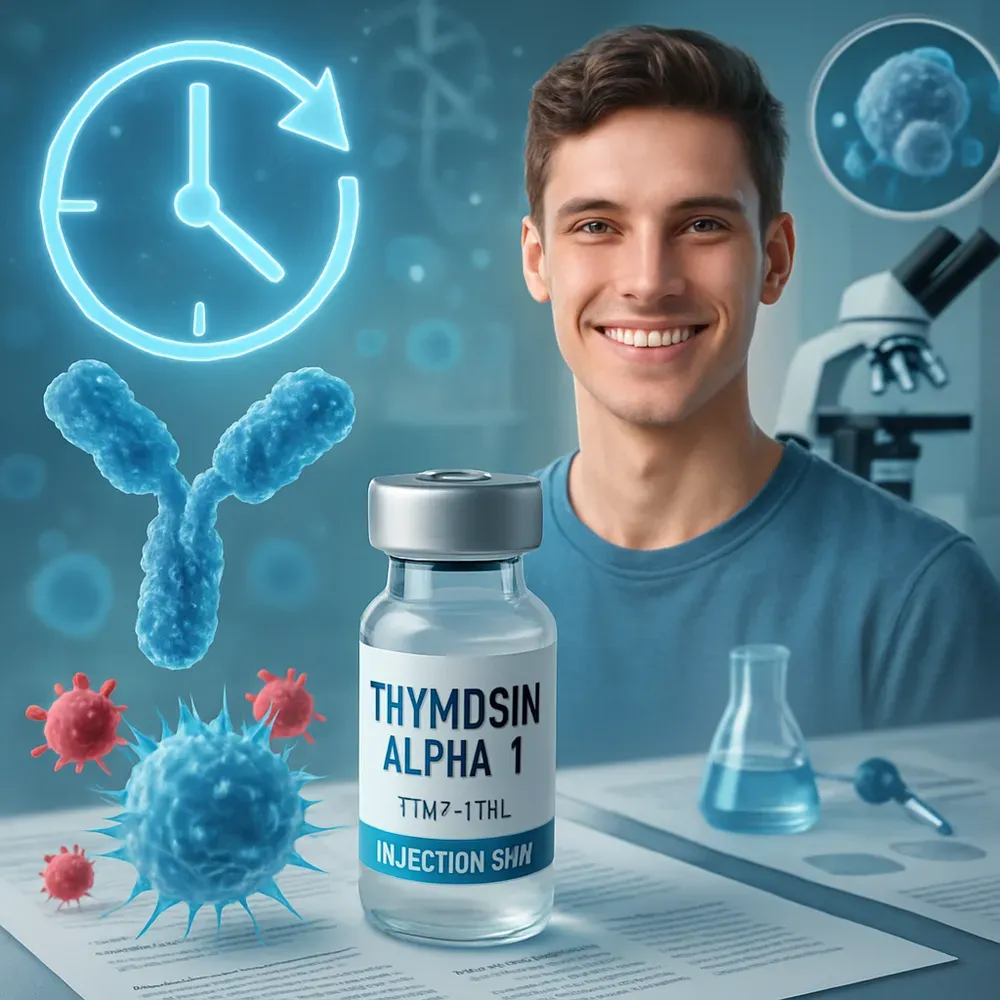PT-141 Dosage Calculator: Find Your Dose for Sexual Wellness
Calculate Your Optimal Dose for Enhanced Sexual Wellness and Performance

PT-141, also known by its pharmaceutical name Bremelanotide, represents a different class of treatment for sexual dysfunction. Unlike medications that work through vascular mechanisms, this synthetic peptide acts on the melanocortin system in the central nervous system. Getting the dosage right matters because individual response varies significantly, and the therapeutic window determines both effectiveness and side effect profile.
Understanding PT-141 and Its Mechanism
Bremelanotide works by activating melanocortin receptors, particularly the MC3R and MC4R subtypes. These receptors influence sexual arousal and desire through neural pathways rather than direct blood flow enhancement. The compound was initially developed as a potential tanning agent but researchers discovered its effects on sexual function during clinical trials.
The peptide arrives as a lyophilized powder requiring reconstitution with bacteriostatic water. Once mixed, it must be refrigerated and used within a specific timeframe to maintain potency. Administration occurs via subcutaneous injection, typically in the abdomen or thigh area.
Standard Dosing Protocols for Sexual Wellness
Clinical trials established 1.75 mg as the standard dose for both men and women seeking improvement in sexual function. This amount gets injected subcutaneously approximately 45 minutes before anticipated sexual activity. The medication can take anywhere from 30 minutes to 2 hours to produce noticeable effects, with peak plasma concentrations occurring around 1 hour post-injection.
Starting with lower doses helps assess individual tolerance. Some practitioners recommend beginning at 0.5 mg to 1.0 mg, then adjusting based on response and side effects. This approach reduces the likelihood of experiencing nausea, which represents the most common adverse reaction.
Maximum recommended frequency is one dose per 24-hour period, with no more than eight doses per month. Exceeding these limits increases risk without providing additional therapeutic benefit. The body needs recovery time between administrations.
Calculating Your Individual Dose
Several factors influence optimal dosing for PT-141. Body weight plays a role, though the correlation isn't as direct as with some medications. A person weighing 150 pounds might respond differently than someone at 220 pounds, but the standard clinical dose remained consistent across weight ranges in trials.
Previous response to the medication provides the best guidance for adjustment. If 1.75 mg produces desired effects with minimal side effects, that becomes the target dose. When side effects prove problematic, reducing to 1.0 mg or 1.25 mg often maintains efficacy while improving tolerability.
Women typically use the same dosing range as men, though some clinicians start female patients at slightly lower amounts (1.0-1.5 mg) to gauge response. Hormonal fluctuations throughout the menstrual cycle may affect how women respond to Bremelanotide.
Age and overall health status matter. Older adults or those with certain medical conditions might benefit from conservative starting doses. Anyone with cardiovascular issues, uncontrolled hypertension, or certain other conditions should avoid PT-141 entirely.
Reconstitution and Preparation
PT-141 vials contain the peptide in freeze-dried form. Reconstitution requires bacteriostatic water, which contains benzyl alcohol to prevent bacterial growth. The typical concentration involves adding 2 mL of bacteriostatic water to a 10 mg vial, creating a solution where each 0.35 mL contains approximately 1.75 mg of peptide.
The reconstitution process demands careful technique. Water gets added slowly down the inside wall of the vial rather than directly onto the powder. Gentle swirling dissolves the peptide without creating foam or degrading the compound. Vigorous shaking damages the peptide structure.
Once reconstituted, the solution stays stable for 30 days when refrigerated at 2-8°C (36-46°F). Freezing damages the peptide. Each vial should be dated upon reconstitution to track shelf life.
Insulin syringes with 0.5 mL or 1.0 mL capacity work well for administration. The 29-31 gauge needle causes minimal discomfort and the short length suits subcutaneous injection. Drawing up the calculated dose requires careful measurement using the syringe markings.
PT-141 Dosage Chart Reference
Starting Protocol:
- Week 1-2: 0.5-1.0 mg per dose
- Assess tolerance and response
- Monitor for nausea, flushing, headache
Standard Protocol:
- Ongoing: 1.75 mg per dose
- 45 minutes before activity
- Maximum 1 dose per 24 hours
- Maximum 8 doses per month
Adjusted Protocol (if needed):
- Low responders: May increase to 2.0 mg under medical supervision
- High sensitivity: 1.0-1.5 mg maintains effect with fewer side effects
- Always wait full 24 hours between doses
Dosing Considerations for Bodybuilding
Some bodybuilders experiment with PT-141 for reasons beyond sexual wellness, including the compound's effects on mood and motivation. The melanocortin system influences various physiological processes beyond sexual function.
Bodybuilding protocols sometimes differ from clinical recommendations. Some users report taking smaller doses (0.3-0.5 mg) multiple times per week for sustained effects rather than single larger doses before activity. This approach lacks clinical validation and may increase cumulative side effect burden.
The peptide does not directly enhance muscle growth or fat loss. Any bodybuilding interest stems from potential effects on training motivation, recovery perception, or the mild increase in heart rate and metabolism that occurs post-injection. These effects remain modest and inconsistent across individuals.
Combining PT-141 with other peptides requires caution. Interactions between different melanocortin receptor agonists or peptides affecting similar pathways can amplify side effects. Anyone considering peptide stacks should consult with knowledgeable healthcare providers.
Side Effects and Safety Monitoring
Nausea represents the most frequently reported side effect, occurring in approximately 40% of users at the 1.75 mg dose. The sensation typically begins 1-2 hours post-injection and resolves within 4-6 hours. Taking the dose on an empty stomach sometimes reduces nausea intensity, though this varies individually.
Flushing and increased blood pressure occur in some users. The blood pressure elevation is usually modest (5-10 mmHg systolic) but can be more pronounced in susceptible individuals. Anyone with hypertension should monitor blood pressure closely if using PT-141.
Headaches affect roughly 15-20% of users. These range from mild tension-type sensations to more bothersome headaches requiring over-the-counter pain medication. Hydration status influences headache likelihood.
Darkening of existing moles or freckles can occur with repeated use due to melanocortin receptor activation in melanocytes. This effect mirrors what happens with sun exposure but develops more rapidly with PT-141. Regular skin checks become important with ongoing use.
When to Adjust Your Dose
Several scenarios warrant dose modification. Persistent nausea that interferes with enjoyment of sexual activity suggests the dose exceeds individual tolerance. Reducing to 1.0-1.5 mg often eliminates or significantly reduces nausea while maintaining therapeutic benefit.
Lack of response after 2-3 attempts at the standard 1.75 mg dose might justify increasing to 2.0 mg. However, some individuals simply do not respond to Bremelanotide regardless of dose. The medication shows considerable inter-individual variability in effectiveness.
Changes in body composition may affect dosing needs, though the relationship isn't straightforward. Someone who loses significant weight might find their previous dose produces stronger effects, while weight gain might dampen response.
Time between injections and sexual activity matters. If consistently taking the dose too early (more than 2 hours before), effects may diminish by the time they're needed. Conversely, insufficient lead time (less than 30 minutes) might result in inadequate receptor activation.
Storage and Handling Best Practices
Unreconstituted PT-141 powder maintains stability for extended periods when stored properly. The vials should be kept at room temperature or refrigerated, protected from light and moisture. Most suppliers recommend using powder within 2-3 years of manufacture date.
After reconstitution, refrigeration becomes mandatory. The bacteriostatic water preserves the solution, but temperature control prevents peptide degradation. Leaving reconstituted PT-141 at room temperature for extended periods destroys its effectiveness.
Contamination represents another concern. Using aseptic technique during reconstitution and withdrawing doses prevents bacterial introduction. Each vial should only be accessed with sterile needles, and the rubber stopper should be cleaned with alcohol before each puncture.
Travel with PT-141 requires planning. Carrying a small cooler with ice packs maintains appropriate temperature. Documentation from a healthcare provider can help if traveling with injectable medications raises questions at security checkpoints.
Comparing PT-141 to Traditional ED Medications
Bremelanotide differs fundamentally from PDE5 inhibitors like sildenafil or tadalafil. Those medications enhance blood flow to genital tissue by preventing breakdown of cyclic GMP. PT-141 works centrally through the nervous system, affecting desire and arousal rather than just the mechanical aspects of sexual response.
This difference makes PT-141 potentially useful for people who don't respond to traditional ED medications or who have desire disorders rather than purely physical dysfunction. Women have fewer pharmaceutical options for sexual dysfunction, making Bremelanotide particularly relevant for female patients.
The side effect profiles differ substantially. PDE5 inhibitors commonly cause headaches, flushing, and nasal congestion through their vascular effects. PT-141 produces nausea and blood pressure changes through its CNS activity. Neither class is universally superior, individual response determines which works better.
Onset and duration also contrast. PDE5 inhibitors may work within 30-60 minutes and last 4-36 hours depending on the specific drug. PT-141 requires similar onset time but effects typically last 6-12 hours. The narrower window means timing becomes more critical with Bremelanotide.
Medical Supervision and Consultation
Healthcare provider oversight improves safety and outcomes with PT-141 use. A thorough medical history identifies contraindications like uncontrolled cardiovascular disease. Baseline blood pressure measurement establishes a reference point for monitoring.
Discussion of sexual health concerns helps determine if PT-141 represents the most appropriate option. Some sexual dysfunction stems from relationship issues, psychological factors, or other medications that might be adjusted. Peptide therapy works best when underlying contributors are also addressed.
Monitoring during initial use allows for dose optimization and side effect management. Follow-up after the first few doses helps assess response and make needed adjustments. Some providers recommend keeping a log of timing, dose amount, side effects, and effectiveness to guide modifications.
Periodic reassessment ensures continued appropriate use. Sexual function can change with time, health status, or life circumstances. What worked initially might need adjustment, or other treatment approaches might become more suitable.
Legal and Quality Considerations
PT-141 carries FDA approval under the brand name Vyleesi for premenopausal women with hypoactive sexual desire disorder. However, the compound is also available through research peptide suppliers and compounding pharmacies. Quality varies significantly among sources.
Research chemical suppliers operate outside pharmaceutical regulations. Testing for purity, sterility, and actual peptide content may be absent or unreliable. What's labeled as PT-141 might contain impurities, incorrect concentrations, or even different compounds entirely.
Compounding pharmacies offer a middle ground, producing PT-141 under pharmacy board oversight. Quality tends to be higher than research suppliers but costs typically exceed underground sources. Prescription requirements vary by jurisdiction.
Using pharmaceutical-grade products from legitimate sources reduces risk of contamination, infection, or receiving ineffective product. The cost difference often proves worthwhile when considering health implications of substandard peptides.
Take the Next Step in Your Sexual Wellness Journey
You've learned the science behind PT-141 dosing. Now it's time to implement with confidence.
Access Premium PT-141 Sources → Browse our curated list of pharmaceutical-grade peptide vendors. Each source is vetted for quality, testing standards, and customer service. Plus get exclusive Project Biohacking member discounts.
Book a Peptide Coaching Session → Skip the trial-and-error phase. Work with coaches who've guided hundreds of clients through successful PT-141 protocols. Get personalized dosing, reconstitution guidance, and ongoing optimization support.
What is the standard PT-141 dose for sexual wellness?
The clinically established dose is 1.75 mg administered subcutaneously approximately 45 minutes before sexual activity. Clinical trials used this amount for both men and women. Starting with lower doses (0.5-1.0 mg) helps assess individual tolerance before increasing to the standard amount. Maximum frequency is one dose per 24-hour period with no more than eight doses monthly.
How do you reconstitute PT-141 for injection?
Add 2 mL of bacteriostatic water slowly down the inside wall of a 10 mg PT-141 vial. Gently swirl without shaking to dissolve the powder completely. This creates a concentration where 0.35 mL contains approximately 1.75 mg of peptide. Store the reconstituted solution refrigerated at 2-8°C and use within 30 days. Always use aseptic techniques to prevent contamination.
Can you take PT-141 daily?
No, PT-141 should not be taken daily. Clinical guidelines specify maximum usage of one dose per 24-hour period and no more than eight doses per month. The body requires recovery time between administrations, and exceeding recommended frequency increases side effect risk without providing additional therapeutic benefit. Taking PT-141 too frequently may also lead to receptor desensitization.
What are the most common PT-141 side effects?
Nausea occurs in approximately 40% of users at the 1.75 mg dose, typically beginning 1-2 hours post-injection and resolving within 4-6 hours. Flushing and modest blood pressure elevation affect some users. Headaches occur in 15-20% of cases. Darkening of existing moles or freckles can develop with repeated use due to melanocortin receptor activation in melanocytes.
How long does PT-141 take to work?
PT-141 typically produces noticeable effects 30 minutes to 2 hours after subcutaneous injection, with peak plasma concentrations occurring around 1 hour post-injection. The standard recommendation is to inject 45 minutes before anticipated sexual activity. Effects generally last 6-12 hours, though individual response varies. Timing the injection appropriately maximizes effectiveness.
Is PT-141 the same as Viagra or Cialis?
No, PT-141 (Bremelanotide) works through a completely different mechanism than PDE5 inhibitors like Viagra or Cialis. Those medications enhance blood flow to genital tissue, while PT-141 acts on melanocortin receptors in the central nervous system to affect desire and arousal. PT-141 may work for people who don't respond to traditional ED medications or who have desire disorders rather than purely physical dysfunction.
Disclaimer:
This content is for educational purposes only and does not constitute medical advice. PT-141 requires medical supervision and should only be used under the guidance of a qualified healthcare provider. Dosing information presented reflects clinical research but individual protocols must be determined by your physician based on your specific health status and needs. Project Biohacking does not provide medical advice, diagnoses, or treatment recommendations. Always consult your healthcare provider before beginning any peptide therapy protocol. Individual results vary and are not guaranteed.










